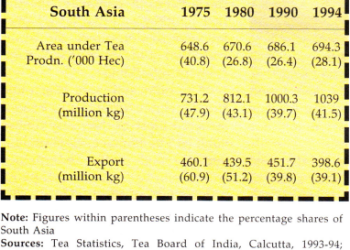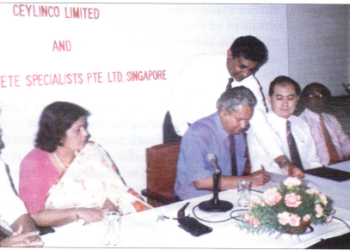International rating agency, Moody’s investors Services, has predicted a worsening of India’s fiscal deficit in near term.’ The agency has ex pressed concern over India’s macro economic situation despite the current year’s ‘market- friendly budget. The negative outlook assigned by it to India’s sovereign rating (of Baa3) in March 1997 indicates a possible downward pressure on its rating. Moody’s has also pointed out that the increasing current account deficit (trade deficit plus net invisibles) is ‘worriesome, particularly given the apparent slowdown in growth and exports. The country is ‘overly reliant on volatile external capital inflows’ according to the Moody’s report. “Sovereign rating is under pressure given a slowdown in growth in both domestic and export demand which suggests that the government’s budget deficit may be above target.” In addition, India still has a high dependence on imported oil which may lead to deterioration in the current and trade accounts. The ‘World Bank also has said that the fiscal deficit target for 1997-98 may be ‘overoptimistic.”
India’s trade deficit, after having crossed the USS 5000 million mark in 1996-97, increased by US8510 million according to the latest available figures. Quick estimates reveal a sharp drop in industrial growth in India. Overall, industrial output grew by 6.7% in 1996-97, as against an increase of 11.6% in the previous fiscal. The figures show how a slowdown in the infrastructure sectors power in particular promptly affects overall industrial production.
However, there is happy news also. Inflation hovered at around 5% over 1996-97 and onto the first quarter of the current year. Deposit and lending rates have fallen and banks are flush with funds. But there is little evidence of dynamism in the economy. Not even the prospects of good rains for the 10th time in a row could help raise spirits.
Incidently, while Moody’s has maintained its negative outlook for India, the International Monetary Fund (IMF) projected a strong macro-economic outlook for the country. The forecast came in an internal report on the country’s current status. The resources required for infrastructure are gigantic – USS 1000 billion, no less, by the turn of the century. The only option for the government is to create the right environment to attract that investment. Without this investment taking place on a sustained and well directed basis, the vision for a 8% growth will remain a mirage-a country with vibrant economic indicators, but no economic progress.
Meanwhile, India got the lion’s share of US$1.52 billion (billion) in the World Banks’s lending commitment of US$2.01 billion for south Asia in fiscal 1997, which ended on June 30, 1997, according to the bank’s latest loan figures. India was followed by Bangladesh with US$321 million (million), Pakistan at US$84.8 million, Sri Lanka at US857.8 million and Nepal with US$18.3 million. No lending was provided to other South Asian nations Afganistan, Bhutan and Maldives.
UL Pai is a senior journalist based in India with 12 years of experience in creative writing and media industry




